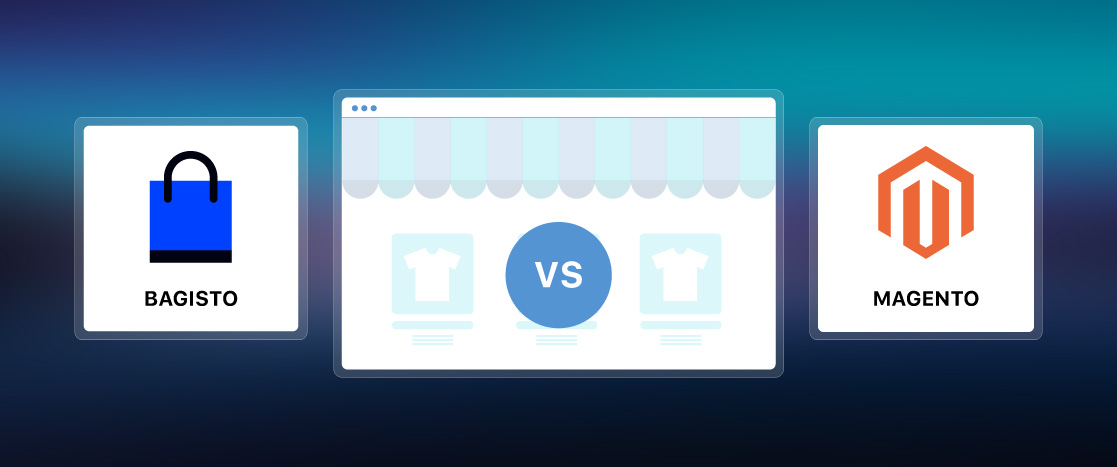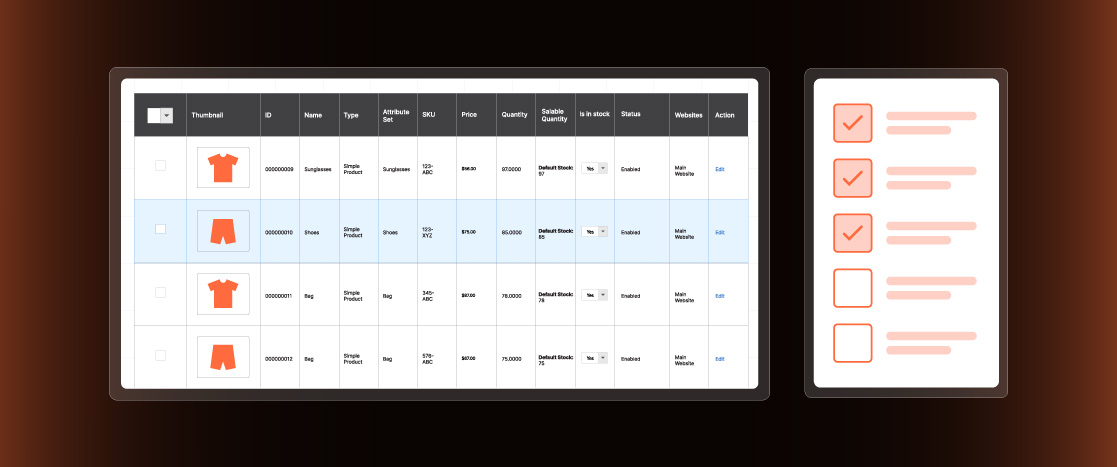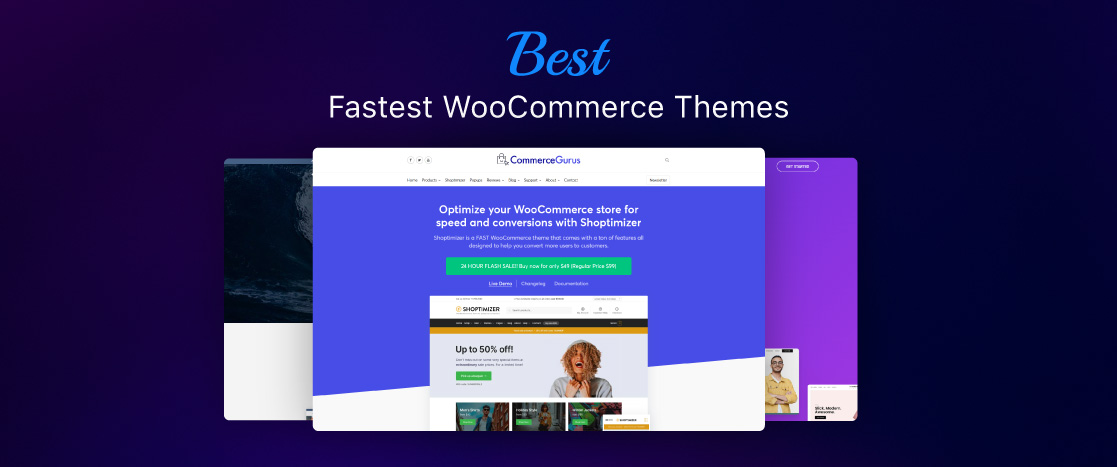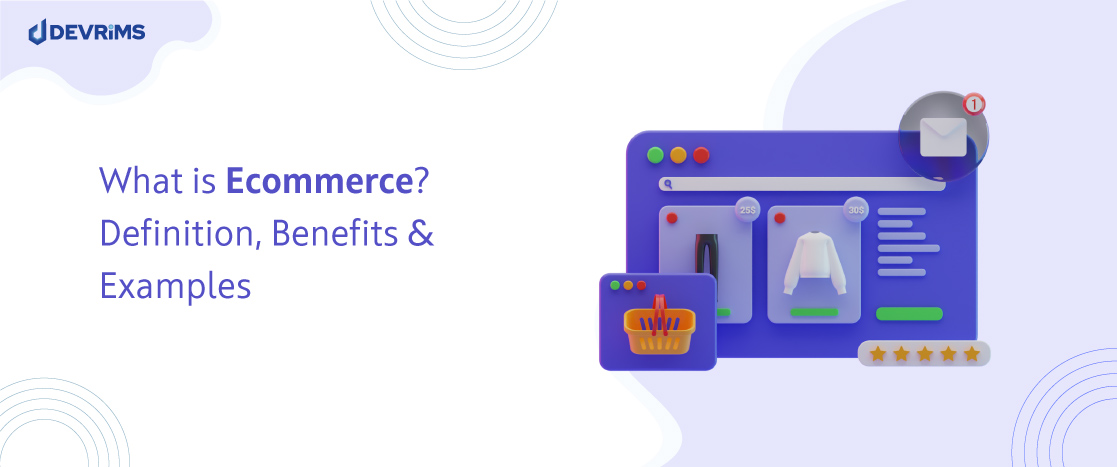
What is Ecommerce? Definition, Benefits & Examples for 2024
- Ecommerce Guide: What is Ecommerce?
- Ecommerce Guide: Stages of Ecommerce Evolution
- Ecommerce Guide: Pros and Cons of Ecommerce
- Ecommerce Guide: Classification
- Ecommerce Guide: Examples of Ecommerce
- Ecommerce Guide: Types of Ecommerce Revenue Models
- Ecommerce Guide: Platforms
- Ecommerce Guide: Future of Ecommerce (aka Ecommerce 4.0)
- Ecommerce Guide: Conclusion
Ecommerce has gained so much value and importance in today’s growing world of business and technology. It highlights the process of buying and selling goods and services. Many businesses and individuals need to be familiar with the full potential of ecommerce.
In this comprehensive ecommerce guide, we will look at everything you need to know about ecommerce. We will address all the essential questions, from “What is ecommerce?” to exploring the stages of its evolution, its advantages and disadvantages, its classifications, examples, business revenue models, and more. Then, we will look at the top ecommerce platforms and the future of ecommerce.
So, let’s dive into this guide on ecommerce.
- Ecommerce Guide: What is Ecommerce?
- Ecommerce Guide: Stages of Ecommerce Evolution
- Ecommerce Guide: Pros and Cons of Ecommerce
- Ecommerce Guide: Classification
- Ecommerce Guide: Examples of Ecommerce
- Ecommerce Guide: Types of Ecommerce Revenue Models
- Ecommerce Guide: Platforms
- Ecommerce Guide: Future of Ecommerce (aka Ecommerce 4.0)
- Ecommerce Guide: Conclusion
Ecommerce Guide: What is Ecommerce?

Ecommerce is also known as electronic commerce, which simply means running a business using the Internet (or, in some cases, emails or chat programs). It mainly refers to buying and selling goods and services over the Internet. Around an estimated 2.14 billion people buy goods and services online worldwide.
People use ecommerce in various ways; some companies sell products online, and some use it as a distribution channel. Ecommerce is in high demand nowadays as it allows startups, small to large businesses, and all online businesses to sell their products on a large scale worldwide and reach a large audience.
Ecommerce Guide: Stages of Ecommerce Evolution
Like every modern technology, ecommerce has seen the different stages of its evolution. Each with new advancements and features. Here are the three stages of ecommerce evolution.
Ecommerce 1.0
Ecommerce 1.0 was the early stage of the online marketplace. During this stage, the primary focus of any business was to establish a digital presence, connect with its customers, and enable “basic” online transactions.
In this stage of ecommerce evolution, users were allowed to build websites with simple online catalogs, displaying product information with limited interactivity. Customers could browse through products, place orders, and make payments electronically through credit cards, online checks, or wire transfers.
Ecommerce 2.0
After the era of ecommerce 1.0, businesses realized that their customers needed much more than what was offered to them. They must see their order history, access invoices, product recommendations, and more. So, to meet these challenges, the era of ecommerce 2.0 began when the digital markets saw many significant improvements.
The ecommerce 2.0 resulted from better internet connectivity and infrastructure as businesses created dynamic, interactive, and user-friendly websites. During this digital era, the rise of online marketplace took place. Marketplaces like Amazon and Alibaba connected buyers with sellers across the globe.
Ecommerce 3.0
Ecommerce 3.0 is the current era with cutting-edge technologies and seamless multi-channel experiences. Mobile commerce and the integration of artificial intelligence are significant improvements in this e-commerce era.
It also includes Machine Learning (ML), Augmented Reality (AR), and Virtual Reality (VR) for high-level customization. Ecommerce 3.0 aims to provide a smoother, more comprehensive experience on various devices and platforms.
Ecommerce Guide: Pros and Cons of Ecommerce
Have a look at the advantages and disadvantages of ecommerce.
Pros
- Large Marketplace
- Easy Tracking and Analytics
- Highly Responsive
- Global Sales
- 24/7 availability
- Cost Effective
- Personalized Messaging
- Easy data management
- Scalable
- Multiple orders at a time
Cons
- Security Threats
- IT issues
- High Competition
- Can’t try the product before buying
- Expensive Shipping
Ecommerce Guide: Classification
Ecommerce is classified into different business models. These are the frequently used models:
B2B (Business-to-Business)
As the name shows, B2B ecommerce refers to a business buying and selling goods and services to other businesses. Sometimes, the end user can be the buyer and act as a reseller to the consumer. B2B e-commerce involves large-value orders, orders in bulk, longer sales cycles, and more.
B2C (Business-to-Consumer)
B2C ecommerce refers to a business selling goods and services to individual consumers. In this business model, companies sell products directly to customers through online stores or digital marketplaces.
B2C ecommerce is widely recognized as the most familiar form of online consumer shopping. It allows businesses to reach a vast customer base and provides convenience to buyers.
C2C (Consumer-to-Consumer)
C2C e-commerce refers to a consumer selling and buying goods and services to another consumer using dedicated classified ads or social media sites. In this model, consumers act as buyers and sellers, trading products or services directly through online platforms. These platforms often act as intermediaries, ensuring secure transactions and building user trust. However, in some cases, such commercial activity starts on the internet and ends with a human-to-human experience.
Group Buy
Group buying, also known as “collective buying” or “social commerce,” is a specialized form of ecommerce where consumers collaborate to make bulk purchases at discounted prices. The group buy model relies on collective bargaining power to secure better deals from sellers or service providers. It encourages consumers to share the deal with their networks to reach a minimum number of participants required for the group buy to succeed.
Ecommerce Guide: Examples of Ecommerce
It is essential to provide a few examples, as I have discussed several concepts. In the coming paragraphs, I have shared some common and unique examples of ecommerce businesses.
Amazon

Amazon is one of the world’s largest and most popular ecommerce platforms. It was founded by Jeff Bezos in 1994. Amazon started as an online bookstore and quickly expanded its offerings to include many products, including electronics, apparel, home appliances, and more. Amazon is generally recognized as a B2C (Business-to-Consumer) platform and has a significant presence in various countries, providing customers with a seamless online shopping experience. However, the e-commerce giant also deals in various B2B products (like its cloud computing unit and Amazon Web Services, for which we provided managed hosting services). There are also aspects of C2C activity, but people can sell used books on Amazon.
Alibaba
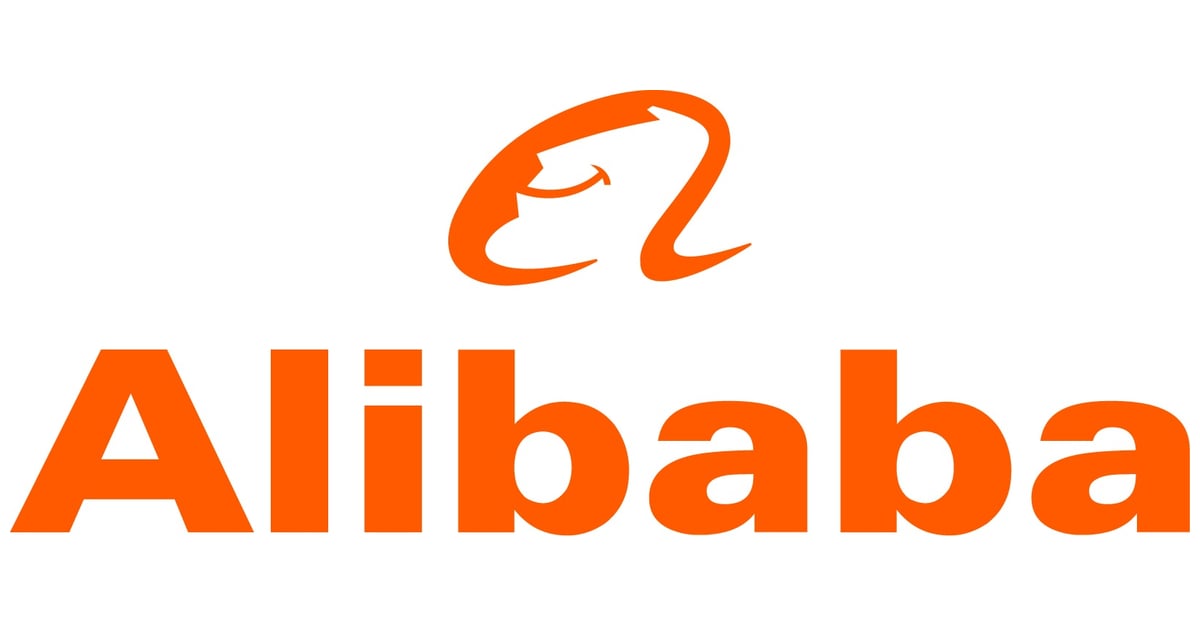
Alibaba is a large e-commerce platform founded by Jack Ma in 1999. It operates as a B2B (Business-to-Business) platform and runs multiple online marketplaces. Alibaba connects manufacturers and suppliers with buyers both within China and globally. The platform is renowned for facilitating international trade and wholesale transactions.
OLX

OLX is a popular online classifieds platform that enables C2C (Consumer-to-Consumer) transactions. It operates in various countries and allows individuals to buy and sell various used products and services. OLX provides a platform for users to list items they want to sell or search for items they wish to buy in their local area or beyond.
Pinduoduo

Pinduoduo is a Chinese social ecommerce platform with a unique approach to group buying. It was founded by Colin Huang in 2015 and has quickly gained popularity. Pinduoduo encourages users to team up with friends or other buyers to purchase products at discounted prices. By leveraging collective buying power, Pinduoduo aims to offer better deals to its users.
Ecommerce Guide: Types of Ecommerce Revenue Models
The Internet is filled with ecommerce businesses with varying revenue streams. Some businesses rely on a single mode of revenue generation, while others may run a parallel stream. Depending on the products or services offered, the target market, and the resources available, an e-commerce company must decide on the most appropriate business model. In the following paragraphs, I will explain all the possible ecommerce business models you can find online.
Online Retail
Online retail is a form of ecommerce in which a company offers goods or services to customers directly through a website. It has numerous advantages over traditional retail, including worldwide reach, cheaper operational costs, and greater customer convenience. However, there are also drawbacks to online retail, such as greater competition and higher return rates.
Dropshipping
Dropshipping is a business model used in ecommerce where store owners do not stock the products they sell. Instead, they receive orders from their customers and pass them to third-party suppliers who will ship directly to the customers on behalf of the store owners. Retailers profit by selling products at a higher price than the wholesale price they paid the supplier. This approach allows businesses to operate without inventory storage and reduces upfront costs. However, there needs to be an understanding between the store owner and third-party supplier for this arrangement.
Subscription
The subscription model involves customers paying a recurring fee at regular intervals (monthly, quarterly, or annually) to access a service or receive products regularly. Companies offering subscription-based e-commerce typically provide exclusive content, personalized services, or a steady supply of products to their subscribers. This model provides predictable revenue for businesses and fosters long-term customer relationships.
Freemium
The freemium model offers free and premium product or service versions. The basic features or content are provided for free to attract a broader user base. Users can then upgrade to the premium version by paying for additional features, advanced functionalities, or exclusive content. Freemium models aim to convert free users into paying customers by demonstrating the value of the premium offering.
Wholesale
Wholesale e-commerce involves selling products in bulk quantities to other businesses (B2B). Wholesalers typically offer discounted prices for large volume purchases, and their customers, such as retailers or other businesses, then resell the products to end consumers. This model serves businesses that require inventory to stock their physical stores or online retail operations.
Reseller
The reseller model involves individuals or businesses purchasing products from a manufacturer or distributor at a discounted price and then selling those products at a higher retail price to end consumers. Resellers can operate online stores or physical shops, often focusing on a specific niche or product category. They play a crucial role in expanding the reach of products to various markets.
Ecommerce Guide: Platforms
As more businesses shift to online storefronts, ecommerce platforms like Magento, Shopify, OpenCart, and WooCommerce are gaining immense popularity. These platforms offer a simple and efficient way to set up an online store, manage inventory, and process transactions securely. Regardless of whether you’re a small business owner or a large corporation, an ecommerce platform can easily cater to your needs. With their intuitive interfaces and robust features, these platforms make selling online a breeze for anyone.
Magento
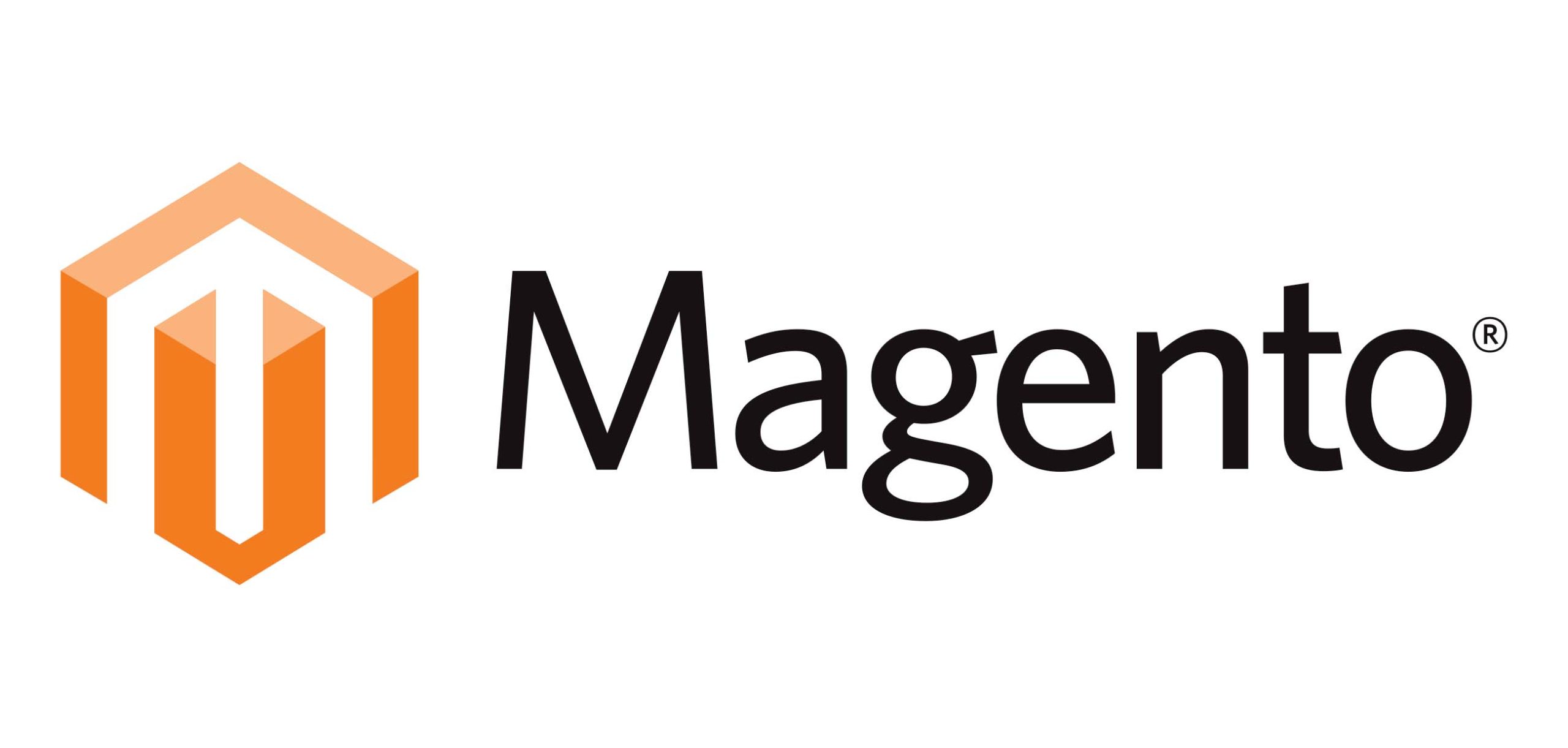
Magento is an open-source e-commerce platform that offers a flexible and customizable solution for businesses of all sizes. It provides many features and extensions, making it suitable for large enterprises and complex online stores. Magento OpenSource (aka ‘Magento’ or ‘Magento Community Edition’) is one of the most potent ecommerce builders. With Magento, you can host high-performing online stores of any size.
Take your Magento store’s performance to the next with Devrims Managed Magento Hosting.
WooCommerce

WooCommerce is a popular e-commerce plugin built specifically for WordPress. It is open-source and allows you to transform your WordPress website into a fully functional store. WooCommerce is known for its user-friendly interface and extensive library of plugins and themes, making it an excellent choice for small to medium-sized businesses.
Learn why WooCommerce is the best for an online store.
Get WooCommerce Hosting by Devrims and start your online store now with up to 14X speedier page load times.
OpenCart

OpenCart is an open-source e-commerce platform written in PHP that is easy to set up and use. It offers a simple and intuitive admin interface, making it suitable for small and medium-sized businesses. OpenCart provides various extensions and themes to enhance the functionality and appearance of your online store. If you are looking for OpenCart Hosting, try Devrims now.
Shopify

Shopify is a hosted e-commerce platform known for its easy use and quick setup without knowing how to code. It provides a fully hosted solution, so you don’t need to worry about managing servers or code management. Shopify is designed for businesses of all sizes, from small startups to large enterprises. It offers many themes, apps, and features to efficiently create and manage your online store.
If you are confused between Shopify and WooCommerce, check out our guide on WooCommerce vs Shopify.
PrestaShop
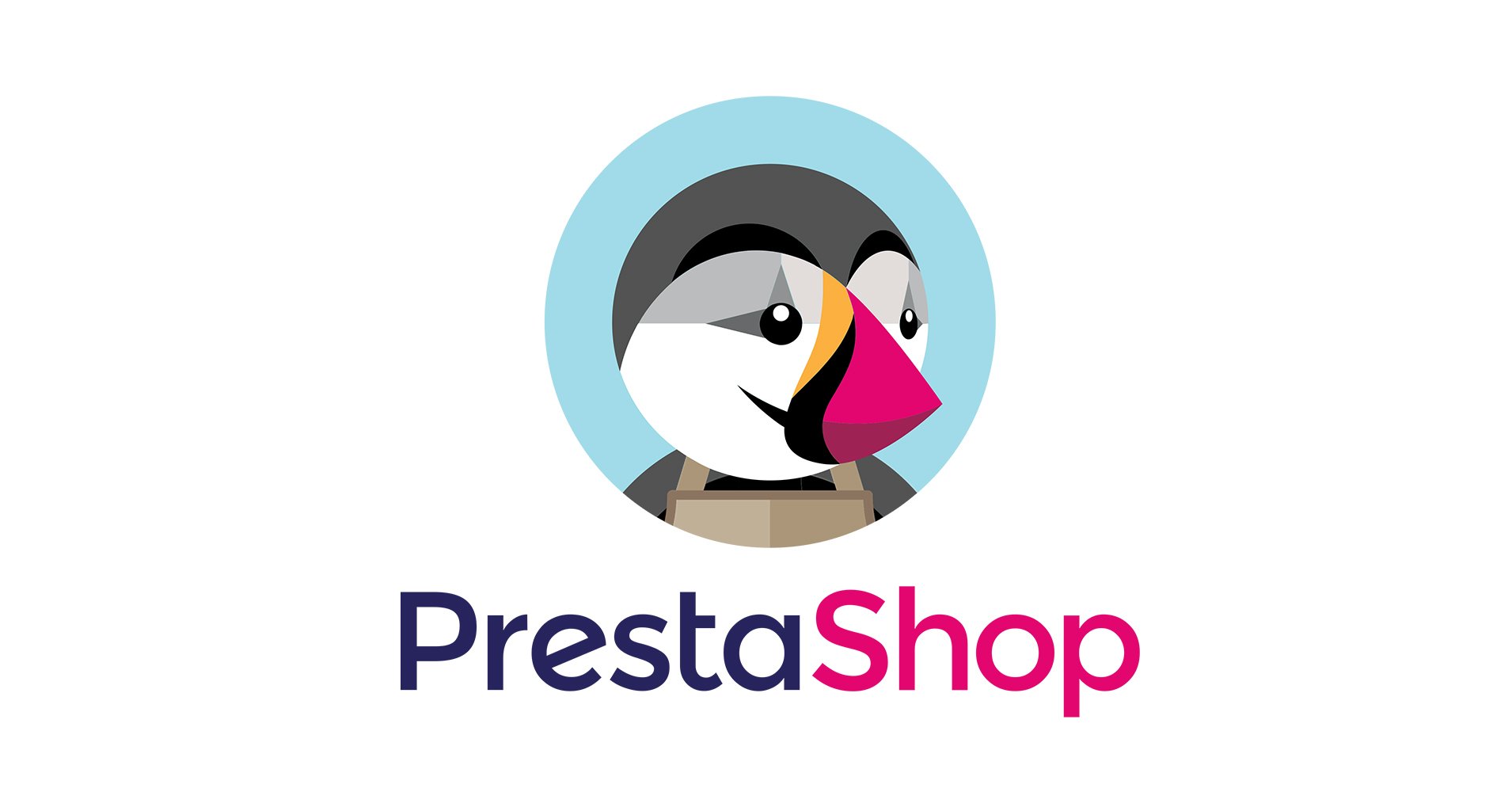
PrestaShop is an open-source PHP and MySQL-based e-commerce platform that offers a user-friendly interface and a large community of developers and users. It allows you to quickly create and manage an online store and offers numerous add-ons and modules to expand its functionality. PrestaShop is suitable for small to medium-sized businesses.
Ecommerce Guide: Future of Ecommerce (aka Ecommerce 4.0)
Businesses continue to invest in ecommerce solutions, technologies, and cutting-edge strategies to keep pace with changing markets, a dynamic environment, and an increasingly digital world. This trend will unlikely slow down anytime soon, with ecommerce 4.0 on the horizon.
We envision a future where artificial intelligence, AR/VR, ML, and the IoT are catalysts and drivers for an immersive e-commerce experience that anticipates and fulfills customer requirements.
The next era of ecommerce is knocking at our doors as generative AI has lowered the barrier of entry. You can now create everything from your ecommerce strategy to content, campaigns, and more with tools like ChatGPT, Midjourney, etc.
Learn about some amazing AI tools for Magento ecommerce stores here.
Ecommerce Guide: Conclusion
Ecommerce is an effective way of doing business online nowadays. It has made it easier to buy and sell goods and services over the Internet. The demand and value of ecommerce are increasing day by day. It changed the way the retail industry works, and it continues to surprise us with new use cases appearing now and then.
I hope this ecommerce guide helped you enough to gain knowledge about ecommerce in every aspect, from its stages of evolution to its classification, examples, revenue models, platforms, and more. Now, you know its power and growing future, so set your business to the next level and provide your customers with what they want.
